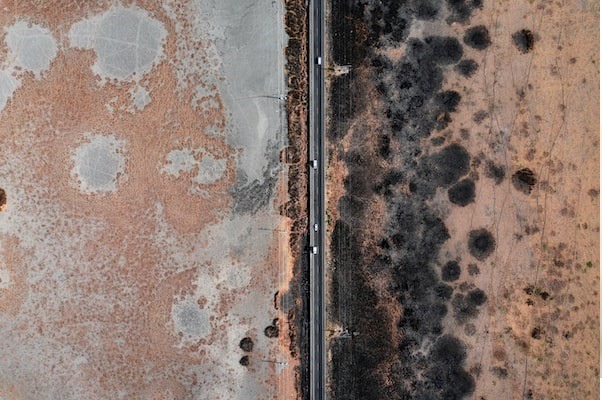If you have noticed any drafts or temperature inconsistencies in your home and wondering how to tell if insulation is bad, you may be dealing with a problem of bad insulation. Understanding the signs of bad insulation can help you to identify the issue and take the necessary steps to rectify it. Keep reading to learn about the symptoms of bad insulation in your home.
High Energy Bills
High energy bills can be caused by poor insulation in a number of ways. Poor insulation allows heat to escape from the home during colder months, leading to increased energy usage as the heating system works to maintain a comfortable temperature. In the summer months, poor insulation can allow heat to enter the home, leading to increased energy usage for air conditioning. Additionally, poor insulation can result in air leaks, which allow for drafts and temperature fluctuations, further increasing the energy needed to maintain a comfortable environment.
Improving insulation is one way to reduce energy bills and improve energy efficiency. This can include adding insulation to walls, attics, and crawl spaces, sealing air leaks, and upgrading windows and doors.
Uneven Temperature Distribution
An uneven temperature distribution is a common problem in buildings that can result in discomfort for occupants and increased energy costs. Poor insulation is one of the leading causes of this problem, as it allows heat to escape from a building in the winter and enter in the summer, leading to temperature fluctuations. In winter, heat can escape through poorly insulated walls, roofs, and windows, causing some areas to be colder than others. This can lead to uneven temperature distribution, with some areas feeling too cold while others are too warm. Similarly, in summer, heat can enter through the same areas, causing some areas to be too hot while others are too cool.
Drafts or Air Leaks
Poor insulation can lead to drafts or air leaks in a building, which can have negative effects on both energy efficiency and indoor comfort. Drafts and air leaks occur when warm air escapes from a building in the winter or when hot air enters a building in the summer, leading to increased energy usage to maintain indoor temperature.
When insulation is insufficient or installed incorrectly, it allows for air to flow in and out of the building. This can occur in various areas of a building such as attics, walls, and around doors and windows. Drafts and air leaks not only result in higher energy bills but also can make a building feel uncomfortable with uneven temperatures and make it harder to maintain a consistent indoor climate.
Mold or Mildew Growth
Bad insulation can cause mold or mildew growth in the home in a number of ways. One of the most common ways is through condensation. When warm, moist air comes into contact with a cold surface, such as an uninsulated wall or ceiling, condensation can occur. This creates the perfect environment for mold or mildew growth, as the moisture provides the necessary conditions for these fungi to thrive. Over time, the mold or mildew can spread and cause structural damage to the building, as well as potential health problems for occupants.
Another way that bad insulation can cause mold or mildew growth is by allowing moisture to penetrate the building through cracks or gaps in the insulation. This can happen in areas such as attics or crawl spaces, where insulation may be inadequate or improperly installed. As moisture seeps into these areas, it can create a breeding ground for mold or mildew. To prevent this, it is important to ensure that insulation is properly installed and covers all areas of the building.
Pest Infestations
Bad insulation can lead to pest infestations in a number of ways. First, when insulation is not properly installed or maintained, it can create gaps or holes in the walls, ceilings, or floors of a building. These gaps can provide easy access points for pests such as rodents, insects, and other small animals to enter the building. Once inside, these pests can nest and reproduce, leading to a full-blown infestation that can be difficult to control.
Second, bad insulation can create an environment that is conducive to pest infestations. For example, if insulation is damp or wet due to poor ventilation or other factors, it can create an ideal breeding ground for fungi and other organisms that can attract pests. Additionally, bad insulation can cause fluctuations in temperature and humidity levels within a building, which can create conditions that are favorable to pests.
Overall, it is important to be aware of the signs of bad insulation in your home in order to prevent long-term issues and costly repairs. Inadequate insulation can not only lead to uncomfortable living conditions, but also an increase in energy bills, health issues, and structural damage. Regularly inspecting your home for signs of bad insulation can help you to identify problems early and take the necessary steps to fix them.


